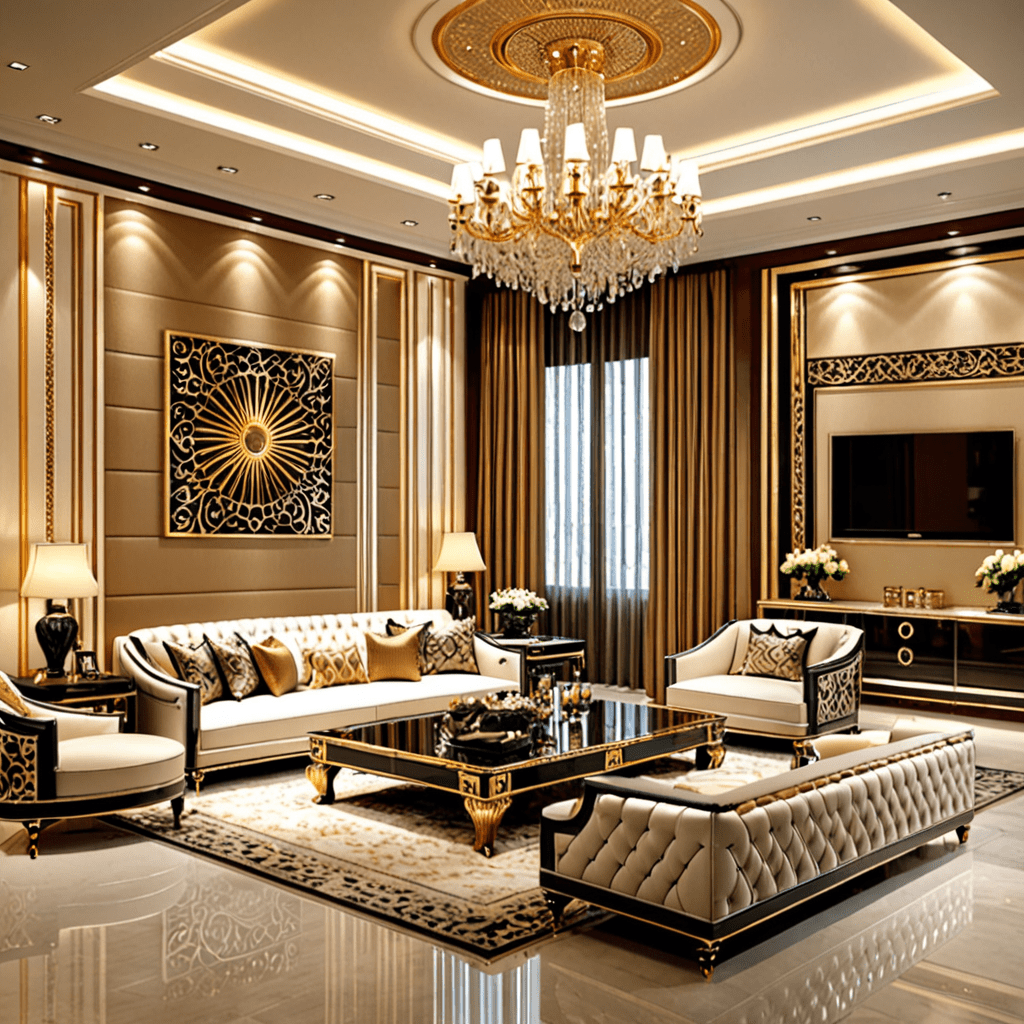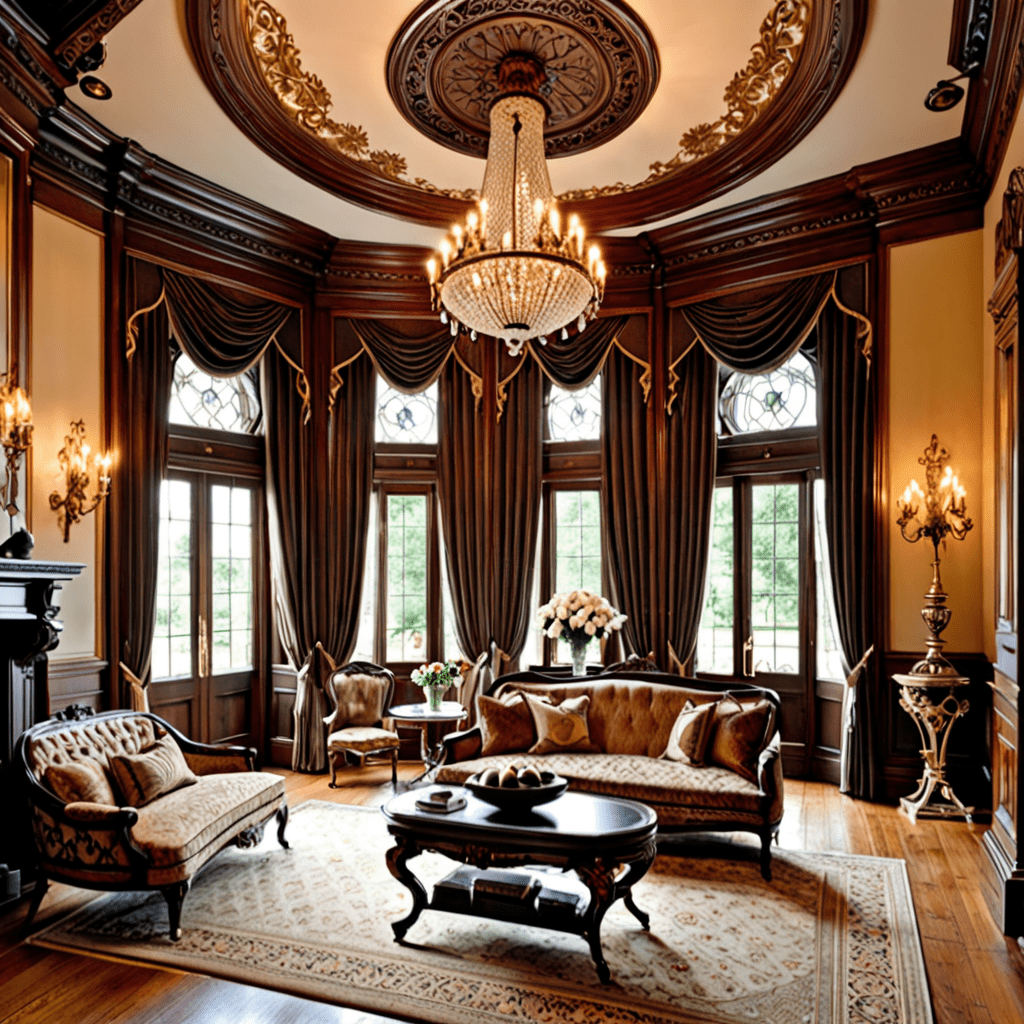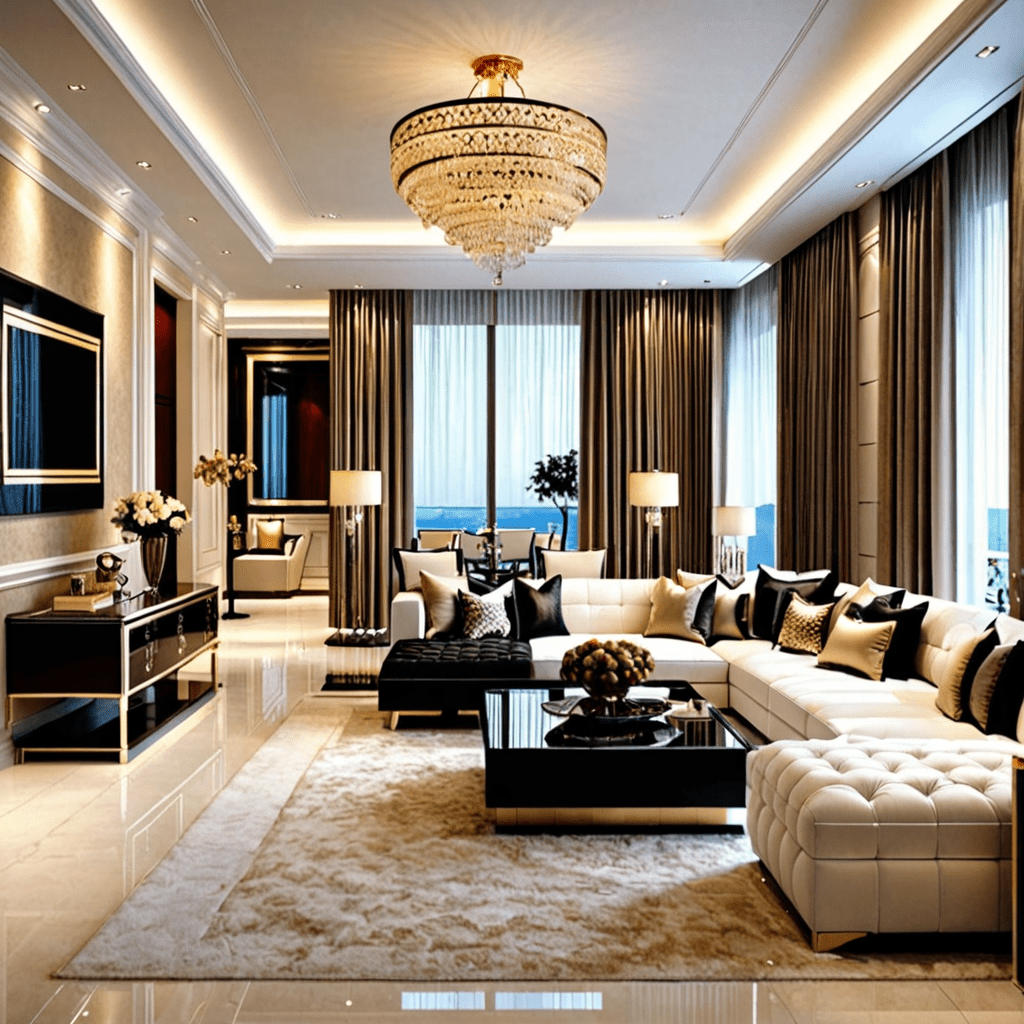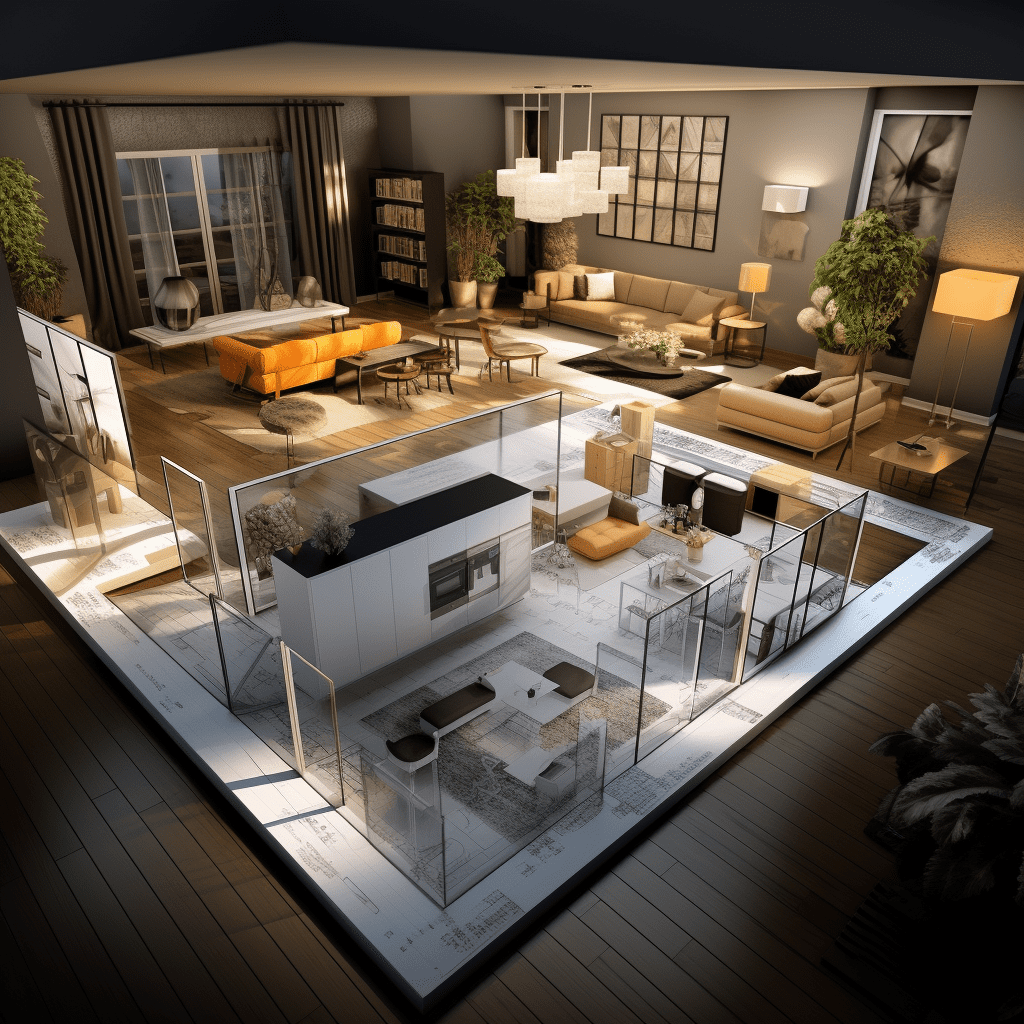Mastering the Essential Elements of Interior Design


Mastering the Essential Elements of Interior Design
Interior design is an art and science that combines functionality with aesthetics to create harmonious and inviting spaces. Whether you’re arranging furniture in your home or working on a professional project, understanding the fundamentals of interior design is crucial. In this blog post, we will explore the key elements that can help you master the art of interior design and transform any space into a visually pleasing and functional environment.
1. Color Scheme and Palette
One of the most fundamental aspects of interior design is choosing the right color scheme and palette for a space. Colors have the power to evoke emotions, create a mood, and visually enhance or diminish a room. Understanding the principles of color theory can help you create a harmonious and balanced environment. Consider factors such as the room’s purpose, natural lighting, and the desired atmosphere when selecting your color scheme.
2. Furniture and Layout
The furniture and layout of a space play a significant role in its functionality and overall design. When selecting furniture, consider the room’s size, shape, and purpose. Choose pieces that are proportionate to the space and arrange them in a way that promotes flow and accessibility. Additionally, consider the ergonomics of the furniture to ensure comfort and ease of use.
3. Lighting Design
Lighting is a vital element that can greatly impact the look and feel of a room. Proper lighting design can create drama, highlight focal points, and enhance the ambience. Consider a combination of natural light, task lighting, and ambient lighting to ensure functionality and create a pleasant atmosphere. Play with different light fixtures and bulbs to achieve the desired effect.
4. Texture and Pattern
Texture and pattern are elements that add visual interest and depth to a room. Combining different textures and patterns can create a layered effect and make a space more visually engaging. Consider using textured fabrics, wall coverings, or incorporating patterned accessories to add personality and warmth to a room. However, be mindful of maintaining a balance and not overcrowding the space with too many textures or patterns.
5. Balance and Proportion
Achieving balance and proportion is essential in creating a visually pleasing interior. Balance can be symmetrical, asymmetrical, or radial, depending on the desired outcome. Symmetrical balance creates a sense of formality and order, whereas asymmetrical balance adds an element of surprise and interest. Proportion, on the other hand, refers to the relationship between objects and their size in relation to the space. Avoid overcrowding or leaving empty spaces, and aim for a harmonious distribution of visual weight.
6. Harmony and Unity
Creating harmony and unity in interior design involves ensuring that all elements work together cohesively. Consider the overall theme or style you want to achieve and select materials, colors, and accessories that align with that vision. Repeat certain elements throughout the space to establish a sense of unity and avoid conflicting styles or clashing colors.
FAQ
Q: Can I mix different interior design styles in one space?
A: Yes, it is possible to mix different interior design styles in one space. However, it requires careful consideration and planning. To create a cohesive look, focus on finding common elements or a unifying theme that ties the different styles together. This can be achieved through color, texture, or specific furniture pieces that complement each other.
Q: What is the difference between interior design and interior decoration?
A: While these terms are often used interchangeably, there is a distinction between interior design and interior decoration. Interior design encompasses the overall planning, layout, and functionality of a space. It involves considering factors such as structural elements, lighting, and ergonomics. On the other hand, interior decoration focuses on the aesthetics and embellishments of a space, such as selecting furniture, fabrics, and accessories.
Q: How do I create an inviting atmosphere in my home?
A: To create an inviting atmosphere in your home, consider warm colors, cozy textures, and comfortable furniture. Incorporate soft lighting, such as table lamps or ambient lighting, to create a warm and welcoming ambiance. Arrange furniture in a way that promotes conversation and interaction. Personalize the space with sentimental items and incorporate elements of nature, such as indoor plants, to bring life and freshness into the environment.





